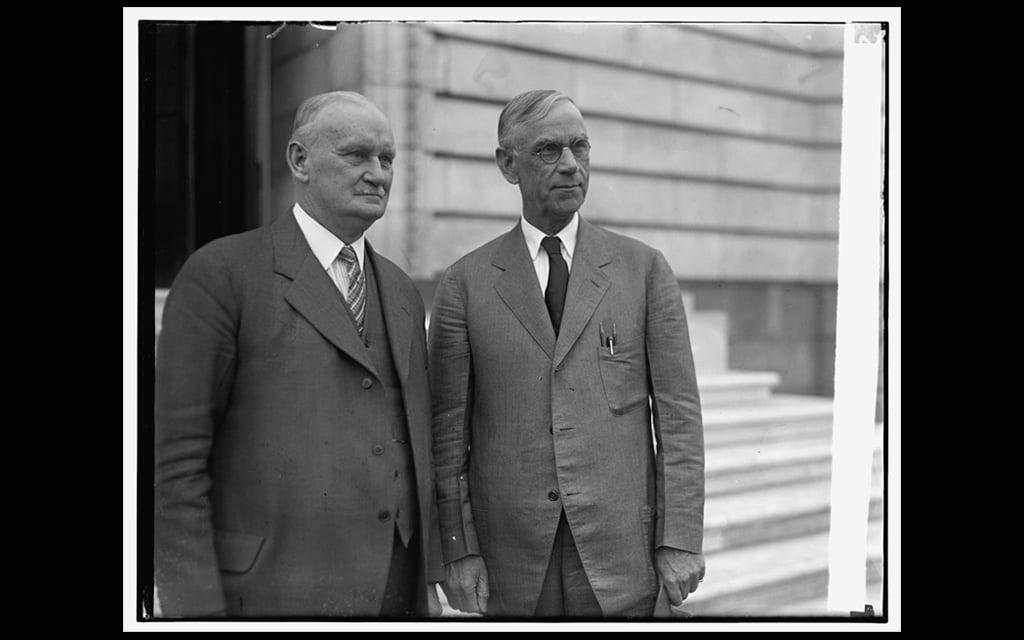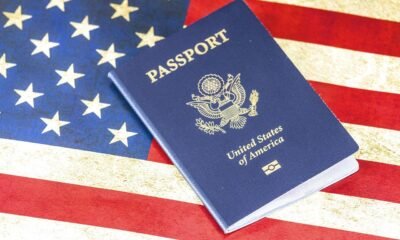border
Trump’s Tariff Freeze: What Results Did His Trade War Really Yield?

President Donald Trump’s recent tariff policy has caused significant turmoil, resulting in a staggering loss of nearly $10 trillion in market value before a rebound was observed on Wednesday. This recovery came alongside the announcement of a 90-day pause in tariff implementation.
Trump and his administration cite three primary objectives for these tariffs: gaining leverage for improved trade negotiations, protecting American industries, and generating revenue to help address the national debt and fund a substantial tax cut.
“President Trump created massive negotiating leverage for himself,” stated Treasury Secretary Scott Bessent during a White House briefing. This announcement followed Trump’s decision to suspend tariffs that had been imposed on approximately 180 countries and territories just a week prior. Mixed messages from the White House suggested uncertainty about the permanence of this pause.
Stock markets responded positively after a tumultuous week, with the S&P 500 experiencing its best day since 2008 and the Nasdaq soaring by 12%. However, major indexes still reflected a decline of at least 3% compared to the previous week when Trump declared the tariffs on what he called “Liberation Day.”
Experts in economics and foreign affairs warn that the repercussions of these policies are profound and far-reaching. Trust with allied nations has deteriorated, with a persistent 10% tariff on nearly all countries still in effect, despite new additional levies reaching as high as 50%. Meanwhile, the tariff on Chinese imports escalated dramatically to 125% as tensions escalated between the two nations.
No other president has implemented tariffs on such a broad scale, lending uncertainty to the effectiveness of Trump’s strategy. He believes that previous trade dynamics have disadvantaged Americans, labeling trade practices with certain countries as exploitative.
Economists, however, criticize this viewpoint as overly simplistic. “A trade deficit doesn’t equate to subsidizing other nations,” noted Domenico Ferraro, an Arizona State University economics professor. He emphasized that consumers purchase foreign goods based on quality and price rather than coercion. Ferraro advocated for renegotiating trade agreements over disruptive tariffs.
Senator Mark Kelly, a Democrat from Arizona, criticized Trump’s approach as reckless, equating it to “dangling our economy off a cliff.”
The ongoing trade conflict with China remains intense, with predictions that prices for essential goods like toys and electronics could more than double. After China retaliated with its own tariffs, Trump signaled confidence, asserting that his administration holds the upper hand in negotiations.
Trump’s supporters argue that tariffs are a necessary tool for countering unfair trade practices, suggesting that they could revitalize American manufacturing. “We are finally going to be able to make America great again,” Trump proclaimed, insisting that jobs and factories would return to the U.S.
Although past policymakers have endorsed tariffs for similar reasons, they generally adopted more targeted approaches. Trump’s strategy encompasses broad tariffs on a multitude of products, and even President Joe Biden has expanded these measures in his administration, particularly concerning electric vehicles and renewable energy sources.
Historically, tariffs played a significant role in financing the federal government long before income tax was established. The implications of such policies were starkly highlighted by the Smoot-Hawley Tariff Act of 1930, which many economists consider a contributing factor to the Great Depression.
Trump argues that tariffs have the potential to once again generate substantial federal revenue. He predicted billions, or even trillions, would flow into the economy through these measures. However, experts like Ferraro caution against this assumption, warning that excessive tariffs could hinder trade, ultimately stifling revenue growth.
Overall, as the discourse around tariffs continues, the potential effects on both the markets and the broader economy remain a topic of considerable debate amongst economists and policymakers alike.


















